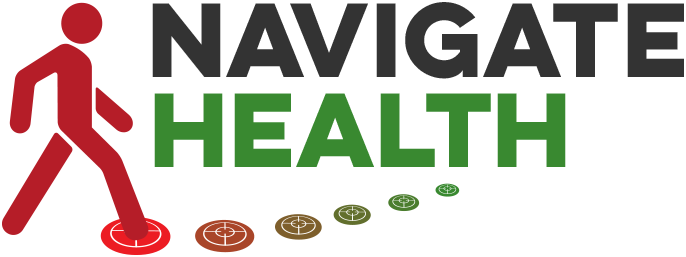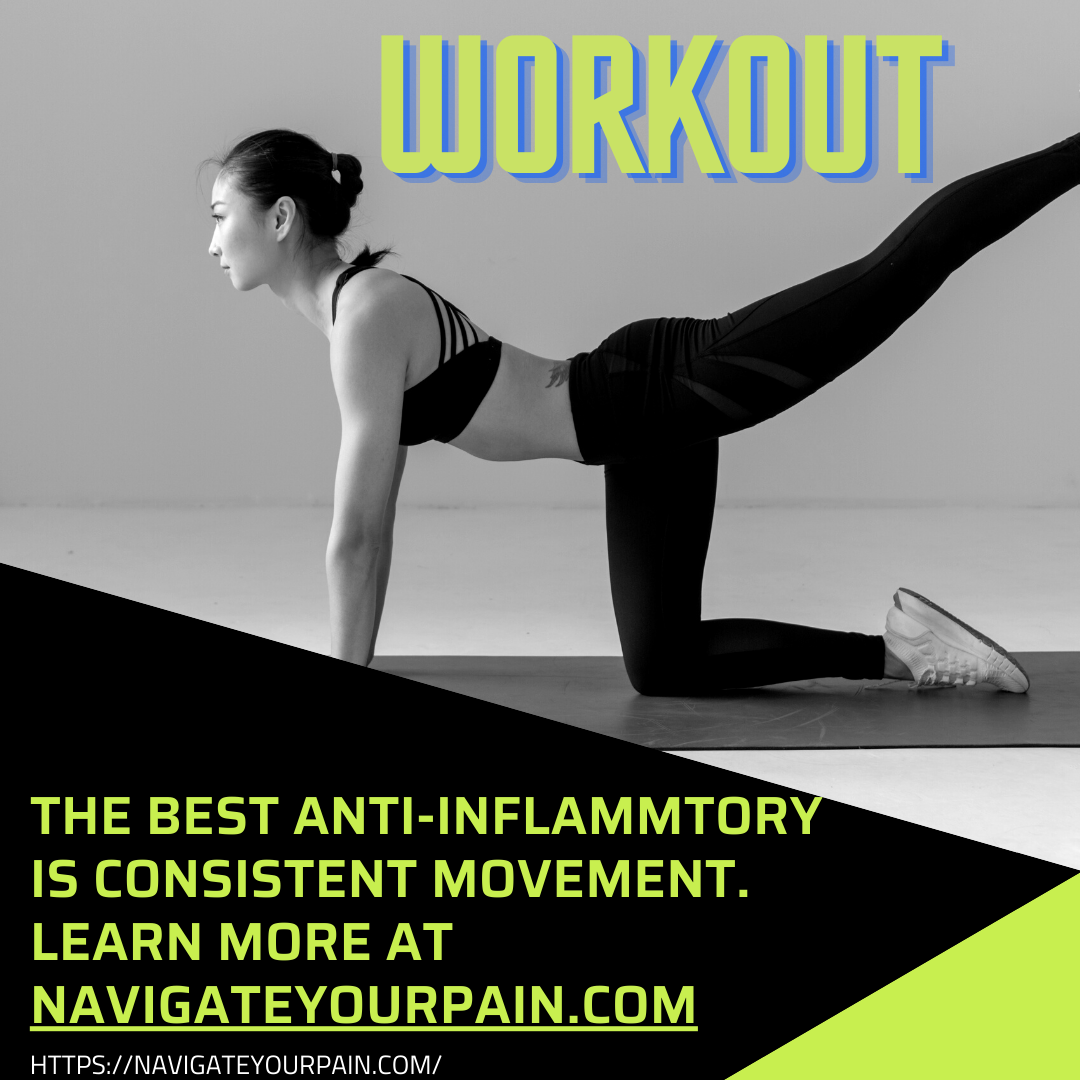Part 1: Why Lack of Movement Can Be a Real Pain
By Megan Doyle, MS, OTR/L, FPS, Cert-APHPT
Occupational Therapist, Fellow of Pain Science,
And Certified Applied Prevention Health Promotion Therapist
Stephanie Wakeman, PT, DPT, Cert-APHPT
Certified Applied Prevention Health Promotion Therapist
Regular Physical Activity as Pain Prevention
When it comes to exercise (defined as activity requiring physical effort, carried out to sustain or improve health and fitness specifically) and physical activity (voluntary bodily movement produced by skeletal muscles that requires energy expenditure, including formal exercise), it almost feels like prevailing common sense at this point that engaging in it routinely will lead to better health outcomes for anyone. But were you aware of a sneaky little bonus: research has shown that engaging in routine physical activity can actually reduce your risk of musculoskeletal pain onset?
Take low back pain, for instance. A recent high-level systematic review (1) of multiple research studies found that:
- Exercise reduces the risk of low back pain and disability.
- A combination of strengthening with either stretching or aerobic exercises performed 2–3 times per week was recommended to prevent low back pain.
Regarding multi-body part musculoskeletal pain, a very recent research article (2) determined that:
- Achieving the weekly World Health Organization physical activity guideline* led to a lower probability of developing musculoskeletal pain in multiple body regions.
*The World Health Organization physical activity guideline updated 2020 states that adults should aim for 150–300 minutes of moderate intensity or 75–150min of vigorous intensity (or combination of both) each week (3).
Okay, so routinely working out helps to reduce the risk of pain onset. But, HOW? Research has shown that:
- Physical activity releases endogenous opioids (more commonly referred to as “endorphins”) which are our body’s natural painkillers (4, 5).
- Physical activity has an anti-inflammatory effect in the body, which in turn reduces the onset of musculoskeletal pain due to inflammation(6).
- Physical activity, especially routinely over time, has an influence on reducing sensitivity of the nervous system and pain output(4).
Pain Reduction From Physical Activity
I recognize what some of you may now be thinking: that’s all well and good, but I already have pain! Now how is routine exercise supposed to help me? I have some great news: routine physical activity (building up to it) has some serious evidence-based research to demonstrate a reduction in musculoskeletal pain symptoms!
Let’s take osteoarthritis (more commonly referred to as just “arthritis”) for example. The notion used to be “if it hurts, don’t do it” when it came to physical activity, but recent research (7) has shown:
- Persons with lower body (hip and knee) arthritis had decreased pain and improved physical function engaging in even light (<45 minutes) physical activity each week, relative to those who were less active.
Another form of arthritis, rheumatoid arthritis (RA), also has had a reputation for avoiding physical activity due to concern of increased joint pain levels. It also involves an underlying inflammatory process, which we established earlier physical activity actually HELPS to reduce inflammation. Therefore, research (8) has also shown:
- Routine physical activity can reduce and improve RA symptoms, including pain.
- Increased physical activity was shown to increase overall daily function.
Now that you know how important routine physical activity is for pain prevention and reduction, stay tuned for Part 2 of this blog post to address how you can safely increase your physical activity, and why muscular soreness is a good thing!
Part 1 References:
- Shiri R, Coggon D, Falah-Hassani K. Exercise for the Prevention of Low Back Pain: Systematic Review and Meta-Analysis of Controlled Trials. Am J Epidemiol. 2018 May 1;187(5):1093-1101. doi: 10.1093/aje/kwx337. PMID: 29053873. Retrieved 06/13/21 from: Exercise for the Prevention of Low Back Pain.
- Url, D. M. The Association Between Physical Activity and Musculoskeletal Pain: Results from a Multinational Survey. 2021. (Publication No. 01211039). [Master’s Thesis, University of Graz]. Retrieved 06/13/21 from: https://unipub.uni-graz.at/obvugrhs/content/titleinfo/5971495/full.pdf
- Bull FC, Al-Ansari SS, Biddle S, Borodulin K, Buman MP, Cardon G, Carty C, Chaput JP, Chastin S, Chou R, Dempsey PC, DiPietro L, Ekelund U, Firth J, Friedenreich CM, Garcia L, Gichu M, Jago R, Katzmarzyk PT, Lambert E, Leitzmann M, Milton K, Ortega FB, Ranasinghe C, Stamatakis E, Tiedemann A, Troiano RP, van der Ploeg HP, Wari V, Willumsen JF. World Health Organization 2020 guidelines on physical activity and sedentary behaviour. Br J Sports Med. 2020 Dec;54(24):1451-1462. doi: 10.1136/bjsports-2020-102955. PMID: 33239350; PMCID: PMC7719906. Retrieved 06/13/21 from: https://bjsm.bmj.com/content/bjsports/54/24/1451.full.pdf
- Lima LV, Abner TSS, Sluka KA. Does exercise increase or decrease pain? Central mechanisms underlying these two phenomena. J Physiol. 2017 Jul 1;595(13):4141-4150. doi: 10.1113/JP273355. Epub 2017 May 26. PMID: 28369946; PMCID: PMC5491894. Retrieved 06/13/21 from: https://www.ncbi.nlm.nih.gov/pmc/articles/PMC5491894/pdf/TJP-595-4141.pdf
- Brito RG, Rasmussen LA, Sluka KA. Regular physical activity prevents development of chronic muscle pain through modulation of supraspinal opioid and serotonergic mechanisms. Pain Rep. 2017 Aug 21;2(5):e618. doi: 10.1097/PR9.0000000000000618. PMID: 29392233; PMCID: PMC5777681. Retrieved 06/13/21 from: https://www.ncbi.nlm.nih.gov/pmc/articles/PMC5777681/pdf/painreports-2-e618.pdf
- Díaz BB, González DA, Gannar F, Pérez MCR, de León AC. Myokines, physical activity, insulin resistance and autoimmune diseases. Immunol Lett. 2018 Nov;203:1-5. doi: 10.1016/j.imlet.2018.09.002. Epub 2018 Sep 5. PMID: 30194964. Retrieved 06/13/21 from: https://www.sciencedirect.com/science/article/abs/pii/S016524781830302X?via%3Dihub
- Kraus VB, Sprow K, Powell KE, Buchner D, Bloodgood B, Piercy K, George SM, Kraus WE; 2018 PHYSICAL ACTIVITY GUIDELINES ADVISORY COMMITTEE*. Effects of Physical Activity in Knee and Hip Osteoarthritis: A Systematic Umbrella Review. Med Sci Sports Exerc. 2019 Jun;51(6):1324-1339. doi: 10.1249/MSS.0000000000001944. PMID: 31095089; PMCID: PMC6527143. Retrieved 06/13/21 from: https://www.ncbi.nlm.nih.gov/pmc/articles/PMC6527143/pdf/nihms-1521579.pdf
- Metsios GS, Kitas GD. Physical activity, exercise and rheumatoid arthritis: Effectiveness, mechanisms and implementation. Best Pract Res Clin Rheumatol. 2018 Oct;32(5):669-682. doi: 10.1016/j.berh.2019.03.013. Epub 2019 Apr 17. PMID: 31203925. Retrieved 06/13/21 from: https://www.sciencedirect.com/science/article/abs/pii/S1521694219300488?via%3Dihub



